Architectural Acoustics
The study of how sound interacts with the built environment. It involves the design and arrangement of buildings and other physical structures to control and enhance the way sound is transmitted, reflected, absorbed, and diffused within a space. The goal of architectural acoustics is to create environments that optimize the quality of sound for the specific activities intended in a given space.
Acoustic Design Consultation
- Our experts assess the client’s needs and the intended use of the space to determine specific acoustic goals.
- A site visit is often conducted to evaluate existing conditions and identify potential acoustic challenges.

Noise Impact Assessment
- Our experts evaluate and mitigate the impact of external noise sources on the building or space.
- We use computer simulations to predict and analyze the potential acoustic performance of a space by generating noise contours.
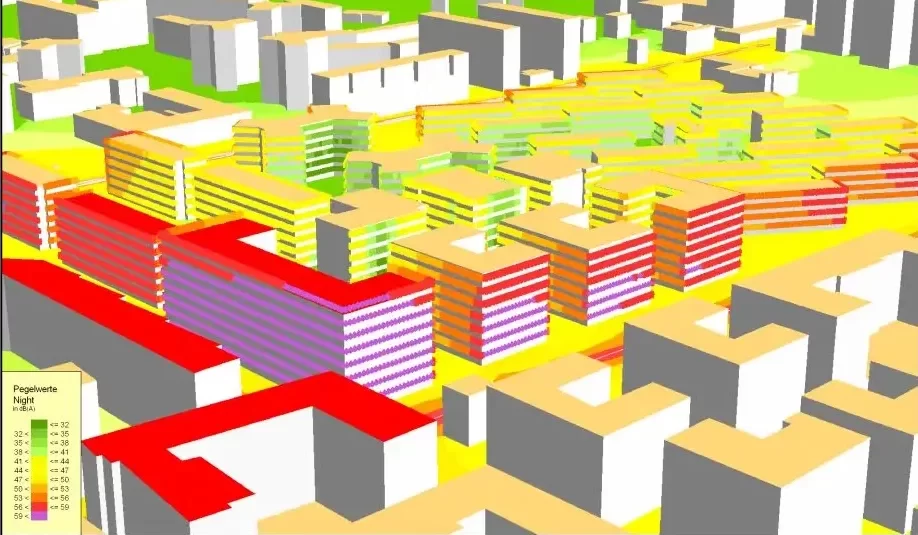
Room Acoustics Design
- We determine and implement strategies to achieve the desired reverberation time for the specific function of the space.
- Recommend appropriate materials for walls, ceilings, and floors to control sound absorption, diffusion, and reflection.

Sound Isolation and Noise Control
- We implement measures to minimize the transmission of sound between different rooms or spaces.
- Integrate materials and construction techniques to reduce the impact of external noise.
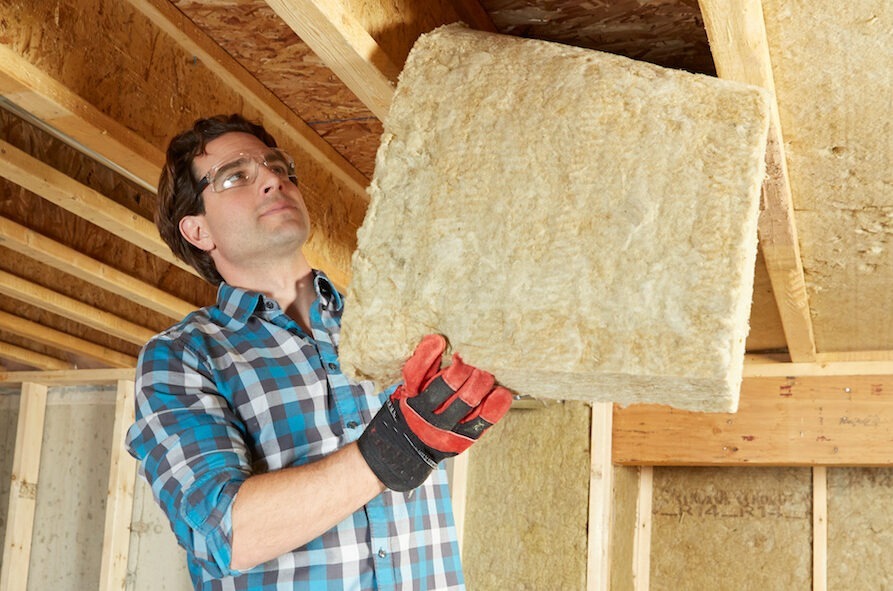
Office and Commercial Spaces
- Open Office Acoustics: Design solutions to address the acoustic challenges of open-plan offices, including speech privacy and reduced distractions.
- Conference Room Acoustics: Optimize conference room acoustics for clear communication during meetings and presentations.

Healthcare Facility Acoustics
- Patient Rooms: Design acoustics in patient rooms to provide a quiet and healing environment.
- Speech Privacy: Implement measures to ensure confidential conversations are not overheard.
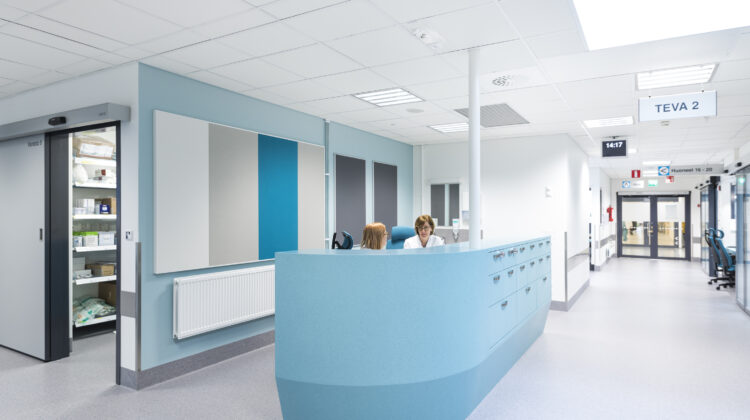
Compliance and Certification
- Building Code Compliance: Ensure that the acoustic design adheres to relevant building codes and standards.
- LEED Certification: Contribute to sustainable building practices by incorporating acoustical solutions that align with Leadership in Energy and Environmental Design (LEED) criteria.

Renovation and Retrofitting
- Assessment of Existing Conditions: Evaluate the acoustic performance of existing spaces and recommend improvements.
- Historical Preservation: Balance acoustic enhancements with the preservation of historical architectural features.
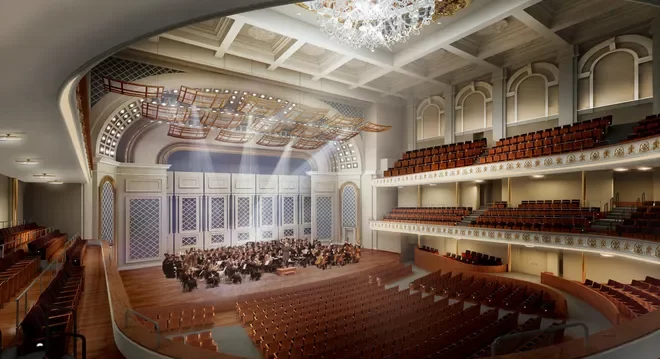

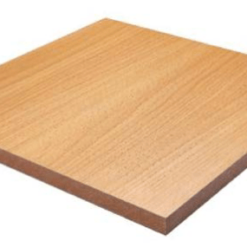 Silentical 2/2/1.2 Wooden Micro-Perforated Panel
Silentical 2/2/1.2 Wooden Micro-Perforated Panel  Silentical 16/2 Wooden Groove Acoustic Panel
Silentical 16/2 Wooden Groove Acoustic Panel